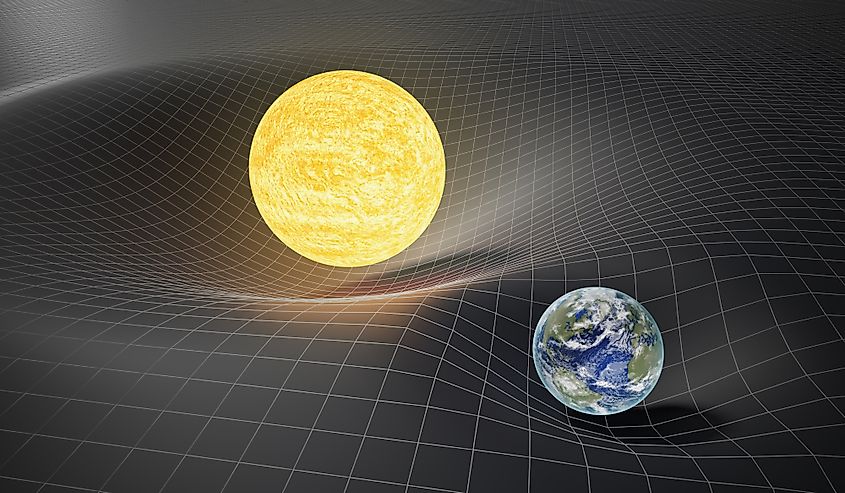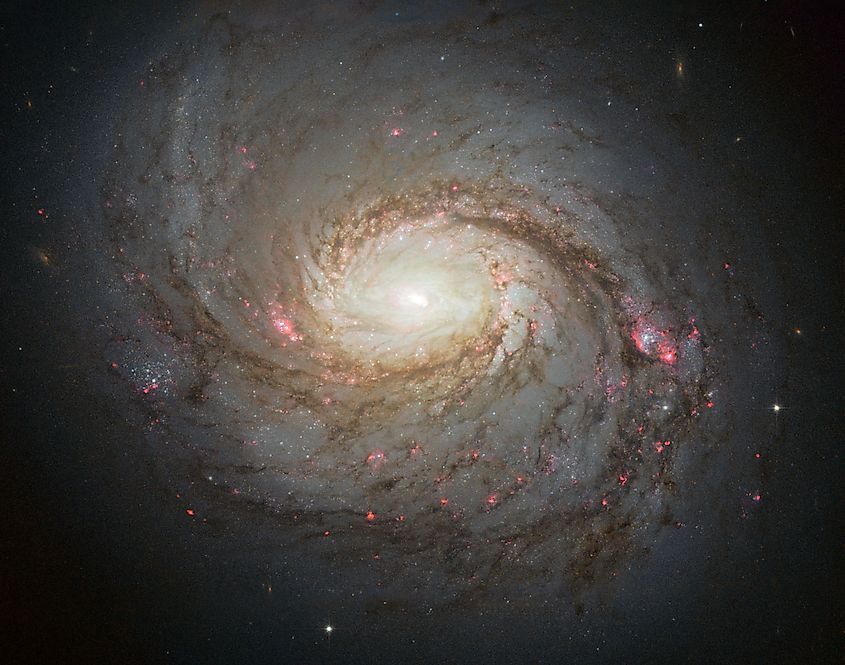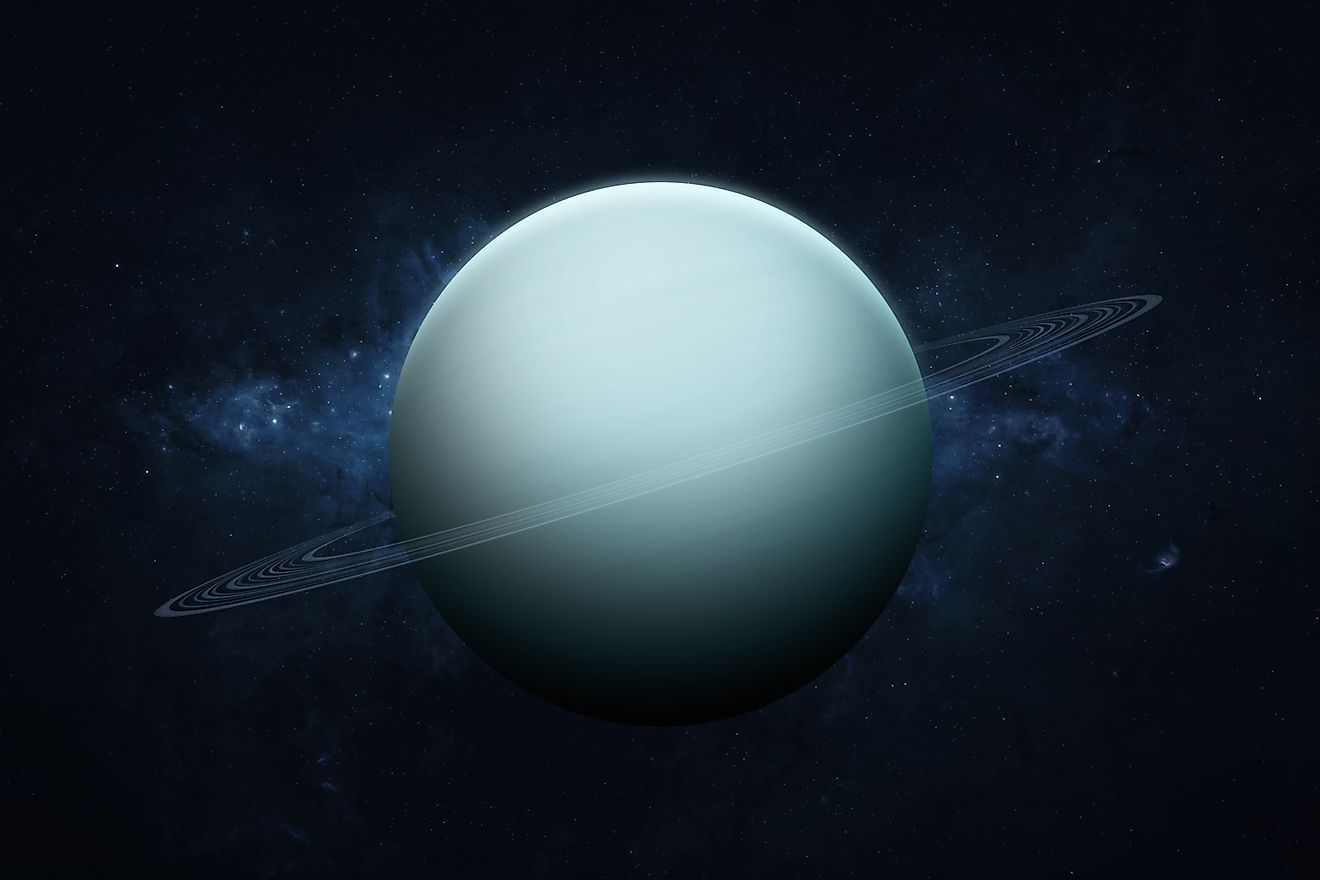
What Is Gravity?
Gravity is one of the four forces of physics and it is perhaps the one we are all most familiar with. Although gravity is the weakest force in the universe, it also operates on the largest scales. It keeps our feet to the Earth, and it keeps the Earth in orbit around the sun. Gravity holds matter together, and without it, there would be no stars, galaxies, or planets. We think of gravity as a force of attraction, wherein objects with mass exert a force that pulls on each other. Gravity was first described by Isaac Newton in 1687, and it radically transformed the way we see and describe the universe. However, despite the success of Newtonian gravity, even Isaac Newton was unable to define what caused gravity to exist. He knew it was caused by mass, yet how exactly did mass generate a gravitational field?
Einstein And Gravity

Although Newtonian gravity was extremely successful in describing much about the universe, it had some problems. One of its most notable issues was the fact that it could not be used to predict the exact orbit of the planet Mercury. Despite every effort to use Newton’s mathematics to predict the orbit of Mercury, its true orbit was always off by a small amount. To explain this discrepancy, scientists first proposed the existence of another planet that orbited between Mercury and the sun. The planet was named Vulcan, yet every attempt made to discover this planet turned up empty. Although Vulcan was never found, its existence was still inferred to explain the peculiar orbit of Mercury. However, it later turned out that Newtonian gravity was simply incomplete.
In 1915, Albert Einstein published his General Theory of Relativity. In it, he refined Newtonian physics and offered another explanation for how the force of gravity operates. Einstein realized that rather than being an invisible force of attraction between objects, gravity is generated by the warping of the fabric of space due to the presence of mass. In Newtonian physics, space was viewed as being static and unchanging. Einstein overthrew that notion, and instead, he described space as being dynamic and changing. Einstein proposed that gravity is what happens when a massive object bends the space around it, creating a kind of three-dimensional indent in the fabric of space. The force of attraction is simply what happens as objects travel along curved space. For example, the mass of the sun warps the space around it, and all the planets travel along the curvature of space in orbits. One of the first hints that Einstein’s new theory of gravity was correct was that it was able to accurately predict the orbit of Mercury, disproving the existence of Vulcan
Gravity Is Still A Mystery

Despite the success of Einstein’s General Theory of Relativity, what we know about gravity is still far from complete. Although Einstein was able to define how mass generates gravity through the warping of space, he was unable to combine gravity with the other forces of nature. The four known forces of physics are electromagnetism, weak nuclear force, strong nuclear force, and gravity. The first three forces can all be described together without any issue, yet gravity is an outlier. Despite it being the most prominent force on large scales, physics has been unable to combine gravity with the other forces of nature. We may have to wait for the next Einstein before we truly understand what gravity is.











